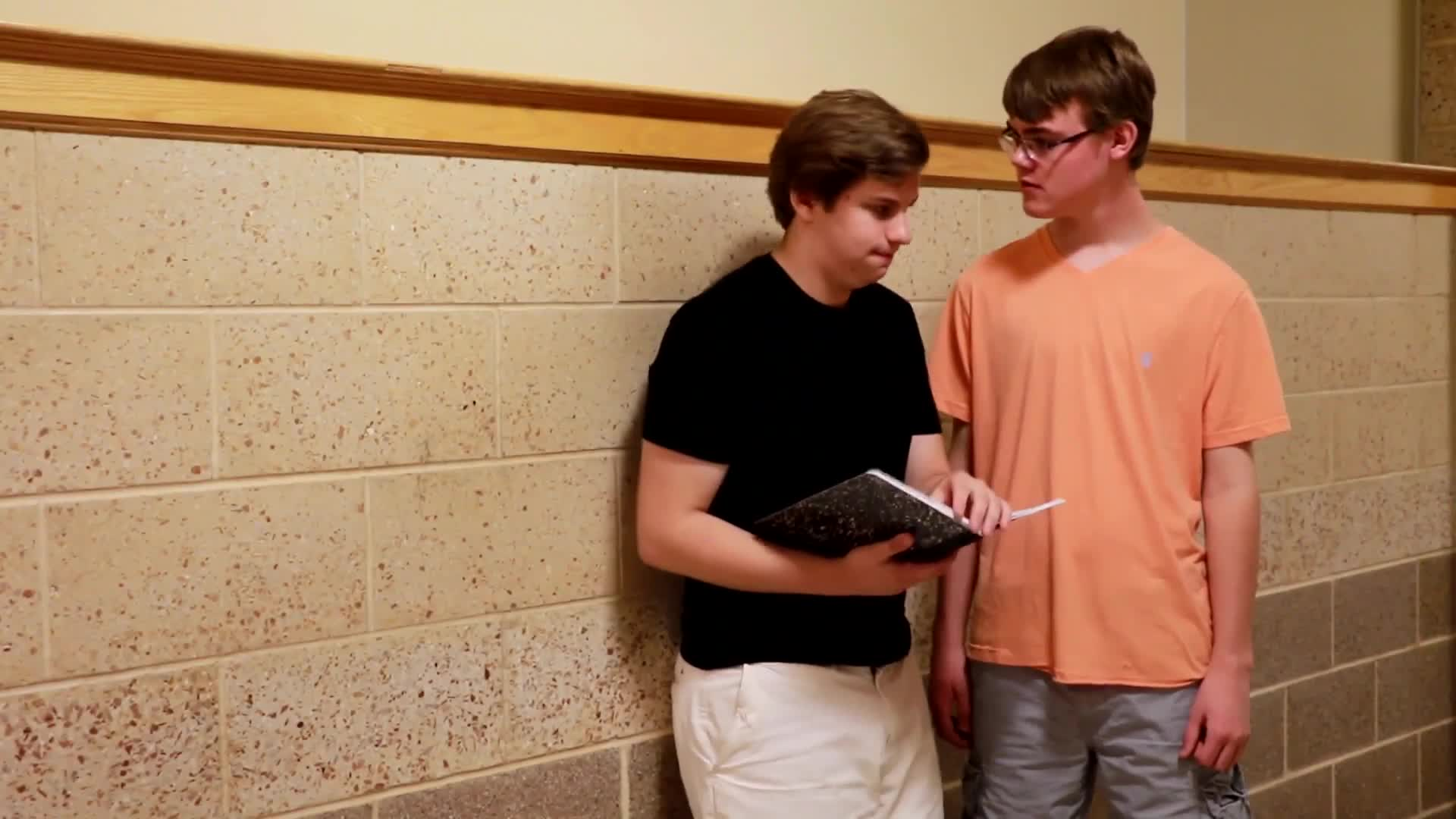
Introduction
One important aspect of social-emotional learning for PreK students is understanding personal space and conversation distance. When we talk to people, it’s essential to maintain an appropriate distance to ensure both parties feel comfortable and can communicate effectively. This blog post will discuss the importance of personal space and conversation distance, offering a no-prep activity and discussion questions for educators to use with their students.
No-Prep Activity
This activity, called “Arm’s Length Conversations,” helps students understand the appropriate distance to maintain during conversations. Educators can demonstrate the concept to their students before allowing them to practice with each other. Follow these steps:
- Have the students pair up and stand facing each other.
- Ask each student to extend their arm towards their partner, keeping their fingertips about an inch apart from the other person’s shoulder. This distance represents the “green area” or the ideal conversation distance.
- Have the pairs practice having a short conversation while maintaining this distance, noticing how comfortable and easy it is to communicate at this range.
- Repeat the exercise, but this time, have the students move too close or too far away from each other, demonstrating the challenges in communication and personal discomfort that can arise.
- Discuss the importance of maintaining the ideal conversation distance and how it contributes to better communication and social interactions.
Discussion Questions
- How did you feel when your partner was too close or too far away during the conversation?
- Why is it important to maintain an appropriate distance while talking to others?
- Can you think of situations where you might need to adjust your conversation distance, such as speaking with someone who is hard of hearing or in a crowded and noisy environment?
- How can you remember to maintain the “green area” distance during conversations?
- Why is understanding personal space important for building positive relationships with others?
Related Skills
Besides personal space and conversation distance, PreK students can benefit from learning other related social-emotional skills, such as:
- Active listening: Focusing on the speaker, making eye contact, and responding appropriately during conversations.
- Non-verbal communication: Understanding body language, facial expressions, and gestures to enhance communication and interpret others’ feelings.
- Empathy: Developing the ability to understand and share the feelings of others, which can improve social interactions and strengthen relationships.
- Respect: Treating others with kindness and consideration, regardless of differences, to foster a positive and inclusive environment.
Next Steps
Now that you have learned about personal space and conversation distance for PreK students, it’s time to put these skills into practice. To further support your students’ social-emotional learning, we invite you to sign up for free samples of our resources, including activities and exercises designed to help students develop essential skills for successful communication and relationship-building. Don’t miss this opportunity to enhance your students’ social-emotional learning journey!

